In a recent report, the United Nations highlighted a slight decrease in global dust levels in 2023 but warned that poor environmental management continues to fuel sand and dust storms, posing significant threats to air quality and public health.
According to the World Meteorological Organization (WMO), approximately 2,000 million tons of dust are released into the atmosphere annually. These particles travel vast distances, impacting regions thousands of kilometers away and affecting economies, ecosystems, weather, and climate.
"While surface dust concentrations in 2023 were slightly lower on average than in 2022, mainly due to reduced dust emissions from regions like North Africa, the Arabian Peninsula, the Iranian Plateau, northern India, central Australia, and northwestern China, the situation remains concerning," stated the WMO in its annual Airborne Dust Bulletin.
Notably, regions such as western Central Asia, northern and central China, and southern Mongolia experienced higher average dust concentrations last year. One of the most severe dust storms in recent history swept across Mongolia in March 2023, impacting over four million square kilometers, including several Chinese provinces. The storm dramatically reduced visibility in parts of Beijing, causing significant disruptions in transportation and daily life.
WMO Chief Celeste Saulo emphasized the role of human activities in exacerbating dust storms. "Scientific evidence shows that human activities are having an impact on sand and dust storms. Higher temperatures, drought, and higher evaporation lead to lower soil moisture. Combined with poor land management, this is conducive to more sand and dust storms," Saulo said.
Despite the challenges, the WMO highlighted some positive aspects of dust transport. A recent study concluded that Saharan dust deposits in the Atlantic Ocean provide essential nutrients like iron and phosphorus, which support the growth of phytoplankton and impact marine life, including skipjack tuna populations.
The agency also noted significant improvements in monitoring and forecasting accuracy, thanks to a system established in 2007. These advancements are crucial for effective warning systems that can mitigate the impact of dust storms on affected regions.
As we mark the International Day of Combating Sand and Dust Storms on July 12, the WMO's report underscores the urgent need for better environmental management practices. The global community must remain vigilant in the face of ongoing environmental degradation and climate change to protect air quality and public health.




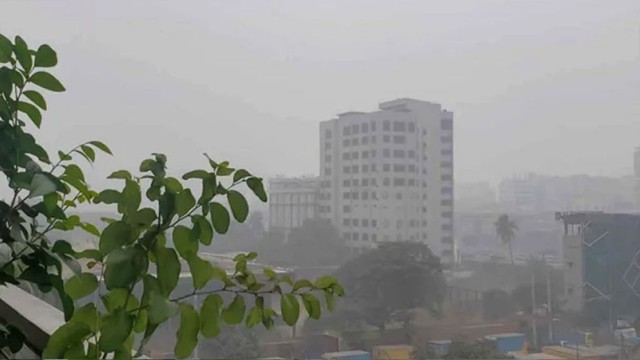
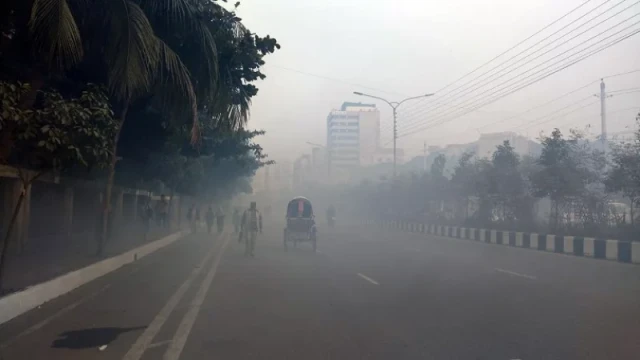
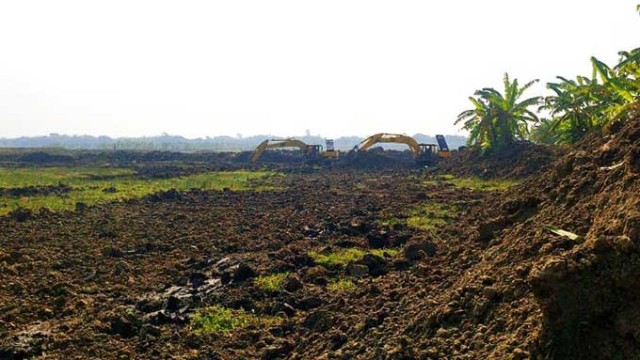
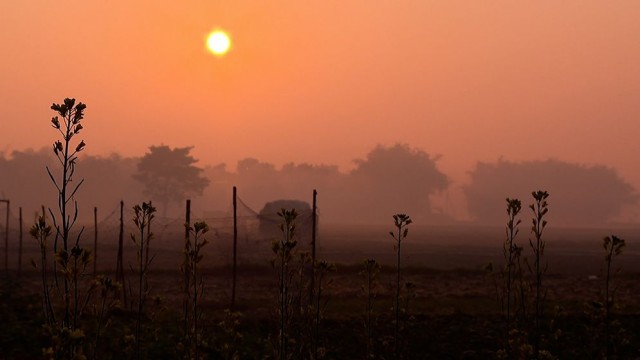









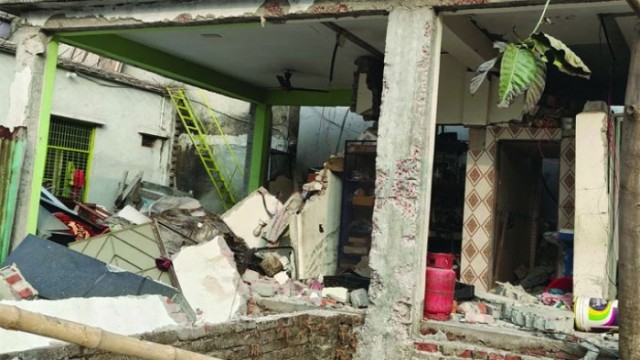













Comment: